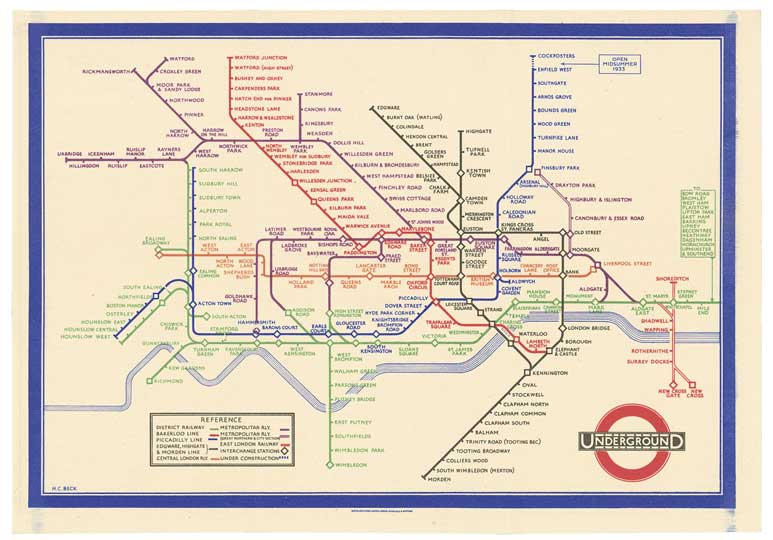A round-up of the week’s reviews and interviews
Lookout: Folkestone Triennial turns the town into a gallery (Lowenna Waters)
Site-specific commissions are placed around the town, and respond to their environment…Pablo Bronstein presents a playful take on the traditional beach hut, creating an imposing, slate grey Hawksmoor-inspired structure on the shore. Yoko Ono interacts with the urban environment by creating a series of billboards emblazoned with ‘Earth Peace’ in large black letters. Adopting a vernacular medium allows her work to express a broad pacifist message embracing the whole town as its canvas…Not everyone is in support of the programme…But the Triennial is emerging as a vibrant and exciting event.
The U.S. National Security Agency on Fire (2010), Suzanne Treister. Courtesy Annely Juda Fine Art, London

Post-Surveillance: Suzanne Treister’s riposte to ‘Post-Internet’ art (Digby Warde-Aldam)
Treister became interested in virtual imagery and video games in the 1980s, when ‘the mainstream art world had no engagement or interest’ in them. She looked at the warlike nature of early video games, and how it might begin to affect our culture on a wider scale. Now, two decades on, technology much like the flight simulator games that became popular in the 1990s is used in pilot training, and to operate attack drones in war zones across the world. Similarly, Cyber warfare and fantastical mass spying are no longer the preserve of science fiction.
Art, or Play? Breaker’s Yard at Sutton House (Jonathan McAloon)
[The Breaker’s Yard] is an installation which resembles a playground for kids, but might not actually be for kids to play on. It might just be art. Which brings me on to the ‘edible garden’ experience…I was expecting treats artfully disguised as growing from pots. What I found was peppers, sad and sunken in late August, and rhubarb. Rhubarb is technically edible, but I’d advise against uprooting a stalk and eating it raw. Determined not to be put off, I started indiscriminately putting leaves and petals in my mouth. They didn’t taste of anything.
The greatest hits of London cartography: ‘Mapping London’ at Oxo Tower Wharf (Peter Watts)
Tightly curated, it offers a sort of ‘greatest hits’ of London cartography, showcasing the chart-toppers from John Rocque and Harry Beck to Stephen Walter. The small scale is a plus: it allows you to really rub your nose against the glass and absorb the detail that makes maps so fascinating, like the deer sunning themselves in the fields of what is now Fitzrovia in a delightful map by Georg Braun and Frans Hogenberg from 1574, or the copy of John Rocque’s great Georgian map from 1768 that includes the legend ‘place where soldiers are shot’ at Speakers’ Corner.
Review: ‘Jasper Johns: Regrets’ at the Courtauld Gallery (Rosalind McKever)
In the early summer of 2012 Jasper Johns was sent a Christie’s auction catalogue for the London sale of Francis Bacon’s Study for a Self-Portrait (1964). The catalogue detailed how this ‘self-portrait’ had rather surprisingly been based on a series of photographs by John Deakin of Lucian Freud sat on a bed and reproduced one of the series. Over the next 18 months Johns worked and reworked versions of this image in multiple media to create a series entitled ‘Regrets’.
Review: ‘Max Weber’ at Ben Uri Gallery, London (Katarina Robinson)
The curators waste no time in reminding visitors of the fact that this is the first major UK museum show of Weber’s work. And so they should. Why has it taken over 100 years since Weber’s introduction to the British public in 1913, for it to happen? The gallery presents a wonderfully eclectic group of works that reflects the ‘melting pot’ of artistic styles Weber encountered in contemporary Paris and London. This re-appraisal of his work is long overdue.








